All The Reasons Why You Want To Have A Water Filter
You have an air filter to purify your home, you avoid using products full of chemicals, and you even go the extra mile and buy all-organic food when you can. But what about the water that you’re drinking on a daily basis; where has it been? Where does it come from? And, most importantly, what’s in it?
You might be thinking, “I only buy the bottled stuff, so I’m good. I know where it came from.” But, do you really?
Both the Coca-Cola Company and PepsiCo have admitted that their bottled water brands are, in fact, just plain old tap water. So, not only may your bottled water be nothing more than tap water but it’s also:
- Expensive – even buying in bulk doesn’t really save you a lot of money
- Inconvenient – if you live in an apartment or a remote area, it could be a real pain just getting the water home
- Full of unnecessary single-use plastic
Some of you, though, may be staunch tap water drinkers. You already pay for it, right? You might well use it. Besides, it’s safe – it’s cleaned and purified before it gets into your pipes, isn’t it?
While, in fact, your tap water has most likely been treated in a plant before making its way into your home, sometimes treatment alone isn’t enough to make your drinking water completely safe.
Whether you’re drinking straight from the tap, drinking well water, or collecting rainwater, your water might not be as safe as you think. Here’s a look at some of the hidden dangers that could be lurking in your water, and how they can be harmful to your health…
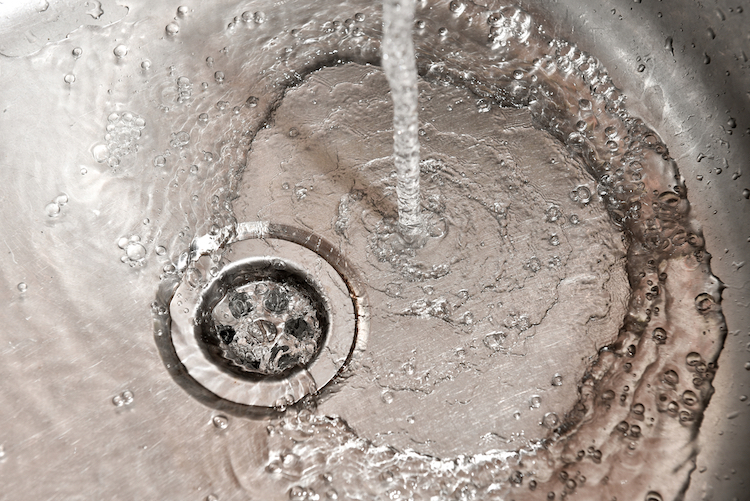
Fluoride
Yup, there’s fluoride in your tap water.
While fluoride is touted as the only FDA-approved ingredient that can help prevent cavities, that doesn’t mean you should be drinking it. This manmade chemical can cause stomach aches if ingested and, in more severe cases:
- Rashes
- Itching
- Swelling
- Dizziness
- Trouble breathing
Doesn’t sound like something you want to drink, does it?
In fact, Lancet – one of the most highly regarded medical journals in the world – considers fluoride to be a neurotoxin, pointing out that fluoride does nothing for the water itself.
It’s only in the water as a means to treat the people drinking it, to deliver more fluoride to their teeth, despite being shown to have no known benefits to your dental health when added to water. In Europe, the addition of fluoride to drinking water has been banned, and the New Zealand Supreme Court has even ruled that it’s “forced mass medication.”
E. Coli
As waterborne bacteria, the risk of E. Coli contamination has long been considered one of the most common concerns when it comes to drinking pure rainwater. While many strains don’t cause any problems when ingested, E. Coli can still cause severe poisoning in the host (aka: you).
The reason that your collected rainwater is more at risk for E. Coli contamination is that, often, you can’t control what’s come into contact with your water via your roof or other collection methods. There could be animal droppings on your roof. An animal could even have taken a dip in your supply, contaminating the entire barrel.
So, if you’re relying on rainwater, having a water filter in place can give you more control over what you’re putting in your body. Boiling your water is also a safe and effective way to remove E. Coli from your water. You can also treat it with UV light or Ozone.

Heavy Metals In Rainwater, Groundwater, And Tap Water
Mercury, arsenic, lead, oh my…
What do these three heavy metals have in common? Well, they can all be found in your tap water, well or spring water, and rainwater. In the United States, the EPA (Environmental Protection Agency) has set a maximum level for heavy metals and contaminants in water. Meaning, there are “acceptable” levels of toxins in your water like:
- Lead
- Copper
- Mercury
- Barium
- Cadmium
- Nickel
- Chromium
But, despite the EPA’s strict guidelines for heavy metals in tap water, many experts agree that the “acceptable” levels are still way too high. Worse is that, in many states, your local tap water supply may far exceed the allowable contaminant levels, and an estimated 7% of all wells in the U.S. are contaminated with high levels of arsenic.
Rainwater, while not usually contaminated itself, can suffer from exposure to heavy metals leaching into it through rusty gutters and pipes inside your home.
Over time, these heavy metals – especially mercury and lead – can build up in your body and cause a multitude of health problems, including:
- Memory loss
- Learning disabilities
- Miscarriage
- Blindness
- Brain damage in children
Sometimes, the problem is with your local water filtration plant, as in the case of Flint, Michigan. But, that’s not always the case. Many times, the problem is the pipes that deliver the water to your home. These pipes, often copper – even lead in older homes – can leach these heavy metals into your water.
BPA Contamination
If you’re collecting rainwater, how do you store it?
If you’re like most people, then you probably store your rainwater in a plastic tank or drum, right? They’re cheap to buy and super easy to transport. From an economic point of view, you can’t go wrong with plastic. But, is it really all that safe?
Most plastics are made using phthalates, chemicals that make plastic more flexible and difficult to break. When any phthalate is exposed to the sun, though – like your rainwater barrel – they leach into the water you’re collecting.
What’s the big deal? Well, phthalates like BPA are endocrine disruptors. They can interfere with essential hormones like estrogen, testosterone, and thyroid.
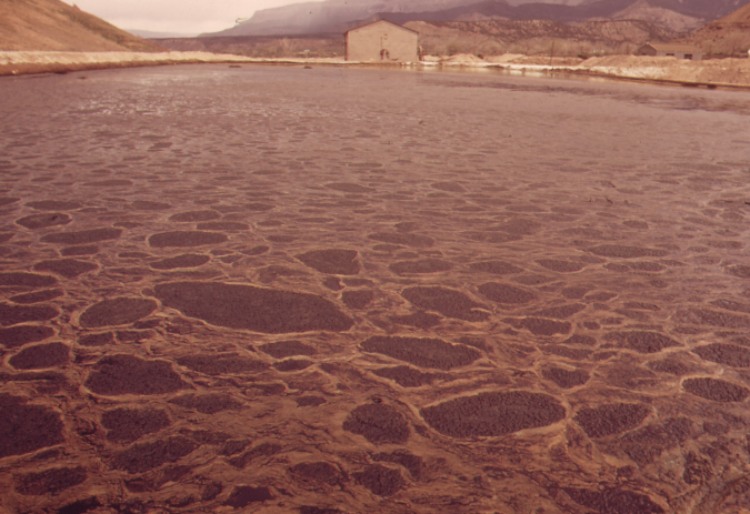
Radioactive Materials
In 2010, the EWG (Environmental Working Group) started a four-year long test series of drinking water across the U.S. What they found was that the water supply reaching more than 170 million Americans contains radioactive compounds in excess of the federal legal limits. Not only that, but that the FDA was basing acceptable levels off of the cost of removing them.
The EWG discovered that radium limits and “human tolerance” were based on decades-old research set in 1976 and were just copied over to each consecutive report, including when the uranium standard was set in 2000.

Chlorine
When you turn on the tap in your kitchen, you’re getting water that’s been through an extensive treatment process. It goes through a myriad of filtration systems that include coagulants, layers of granulated material, and even chlorine.
Commonly used as a disinfectant, chlorine isn’t going to do much harm in very small doses. But, just like fluoride, you’re not exactly meant to drink it. Fortunately, though, your local municipal water supply is supposed to be keeping chlorine levels to a minimum.
Less fortunately, the dosage level can vary from place to place, so you never really know just how much you’re ingesting. At higher levels, chlorine can cause:
- Respiratory problems
- Eye irritation and sensitivity
- Unexplained inflammation
Some studies have even linked chlorine consumption to certain cancers.
The truly unfortunate thing about using chlorine to treat and clean water is that there are far safer methods available. It’s simply another matter of what’s cheapest.

Pathogens
If your primary source of water is groundwater (i.e. from a well or spring), you could be more at risk for certain bacterial pathogens than anyone else. Yes, you’re even at greater risk than those who drink rainwater.
Runoff from mountains and hills can contain fecal material, heavy metals, and even the chance that your water has come into contact with dead animals. The EWG guidelines suggest that, if you live in a place where there’s lots of animal activity, you find a new source of water and regularly test for contaminants.
But, if digging a new well or finding another stream isn’t an option, you should definitely have a high-quality water filter that you run all of your water through before drinking it.

Sediment And Flavor
This might seem like a small thing when compared to some of the other concerns, but taste does matter.
Have you ever picked up a bottle of water from the grocery store, drank it, and then later noticed that the water from your tap wasn’t so “fresh” tasting? While taste can be an indicator that something isn’t quite right with your tap water, more often than not, that less-than-fresh flavor is a buildup of sediment. This is especially common if your water comes from the ground.
When the ground is exposed to rain, soil runoff, and animal activity, these natural particles can make their way into your water source. While they’re not particularly harmful, they can make your water taste pretty strange – and in extreme cases, even put you off drinking water altogether.
Installing a water filter in your home can give you that crisp, clean water experience you’ve always wanted.
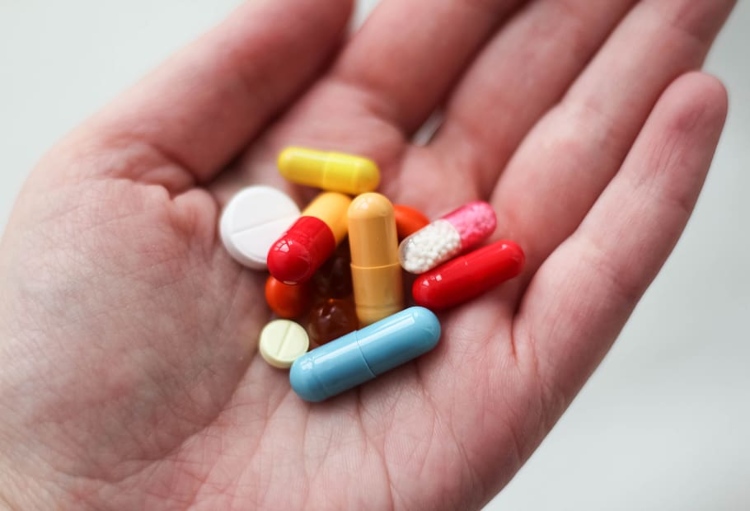
Pharmaceuticals
In 2008, an investigation by the Associated Press found that over 41 million Americans were drinking tap water that contained a wide array of pharmaceutical drugs. A little bit of almost everything was found, including:
- Antibiotics
- Antidepressants
- Birth control
- Hormone replacement drugs
All this is made even more alarming when you consider the growing problem of antibiotic resistance due to doctors’ overprescribing them. Now that we’re seeing that millions of people are exposed to antibiotics on a daily basis – not to mention a variety of other drugs and hormones – we may start to see the problem become even worse.
Other studies have even shown that drinking water can be laced with small amounts of anti-withdrawal medicines like Klonopin, and anticonvulsants such as Topamax (used to treat drug and alcohol addiction).
Disaster Preparation
If a disaster were to suddenly strike your local area, would you be prepared?
Many people who rely on bottled water for their drinking water might not be. Any time a natural disaster or pandemic occurs, supermarkets and grocery stores sell out of essentials, like bottled water, within minutes – leaving many forced to turn to tap water; tap water that they may not be filtering.
Or, perhaps, a water main breaks and you’re unable to even get tap water? If you had a proper water filter in place, that’d allow you to collect rainwater, use a well, or even collect water from a nearby stream.
Pesticides And Herbicides
If your main source of water comes from a well or stream – and especially if you’re in close proximity to a farm – you may find both herbicides and pesticides in your water. When chemical pesticides and herbicides get into the groundwater, they’re virtually impossible to clean up.
Having a water filter in place to clean your drinking water could save you from contamination due to ingesting chemicals like:
Petroleum
As oil spills and fracking become more and more common, your drinking water is put at higher risk of petroleum contamination. The closer you are to oil drilling and fracking operations, the greater your chances are of drinking contaminated water.
In fact, a study done by the Environmental Health Journal suggests that those living in close proximity to fracking sites can have up to 1800 times the “safe” amount of Benzene – a petroleum byproduct – in their drinking water. While this mostly affects those who use well water, the consequences affect everyone.
Check out this article on FactCheck.org for more information on fracking and water contamination.
Nitrates
If you live in a rural community where farming is the primary way of life, your drinking water could be full of nitrates. Nitrates make it into the water via runoff from ground covered in animal waste and fertilizers.
The EWG has shown that nitrates are one of the most common contaminants found in our drinking water. High levels of nitrates from agricultural compounds in water have been linked to higher rates of developmental defects during pregnancy.

Miscellaneous Chemicals
As if all this hasn’t been enough – from prescription drugs to heavy metals to pesticides – there are still other random chemicals that can wind up in your drinking water. Some of the common chemicals used to treat water can end up in your tap, as well.
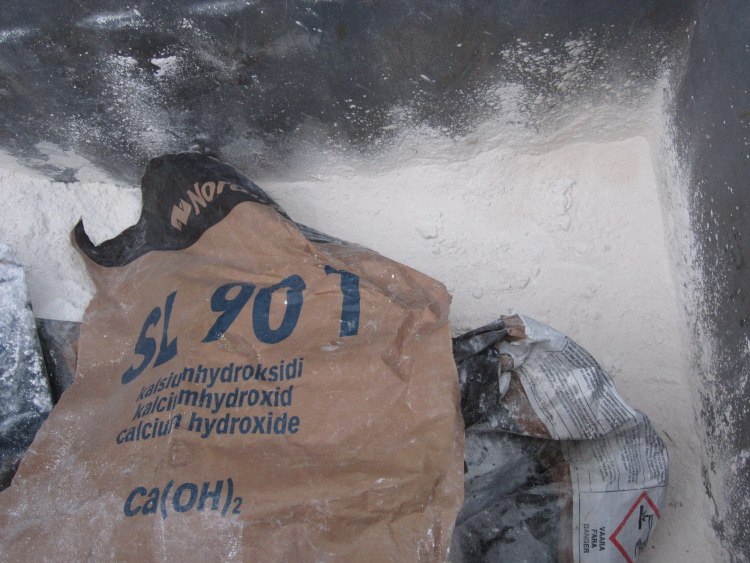
Calcium Hydroxide
Sometimes called “lime water,” calcium hydroxide produces a fluffy substance called “quicklime” when added to water. Quicklime acts as a magnet, attracting smaller particles in water, allowing them to easily be removed.
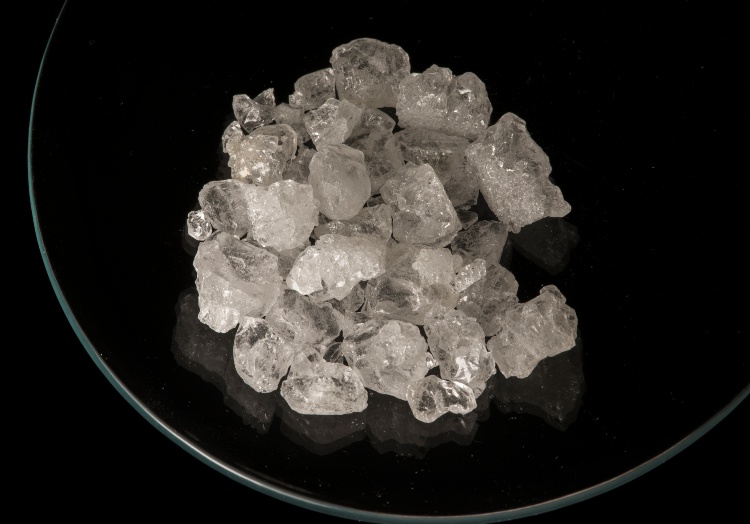
Aluminum Sulfate
More commonly known as Alum, aluminum sulfate is a coagulant that attaches to sediment, causing them to sink and be filtered out.

Fluorosilicic Acid
Any guesses what this one does?
If you guessed that fluorosilicic acid adds fluoride to water, you’d be correct. This acid is also used as an industrial cleaner, and can even be used to process leather hide.

Sodium Chloride
Derived from salt, sodium chloride is used to limit the toxicity of fluorosilicic acid. Delightful, isn’t it?
The world we live in today is not the world our grandparents and great-grandparents lived in. It’s not the same today as it was 100 years ago, or even 50 years ago. Our air, our food, and – as you now know – our water can all be contaminated with toxic chemicals and bacteria that can harm your health, and the health of your loved ones.
When you consider all of the things that might be lurking in your water, you can see why having a filter in place is potentially vital to your health and wellbeing.
